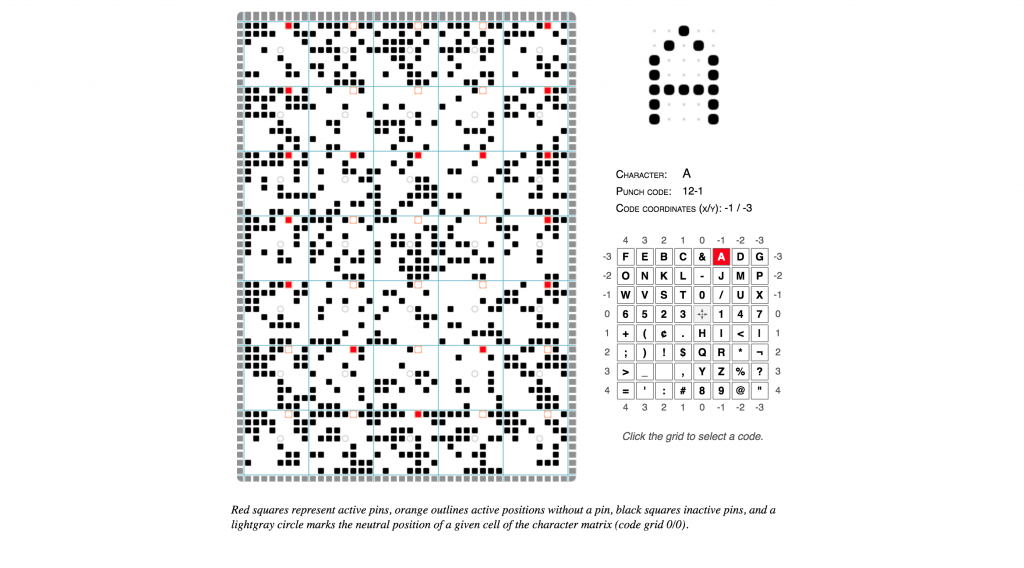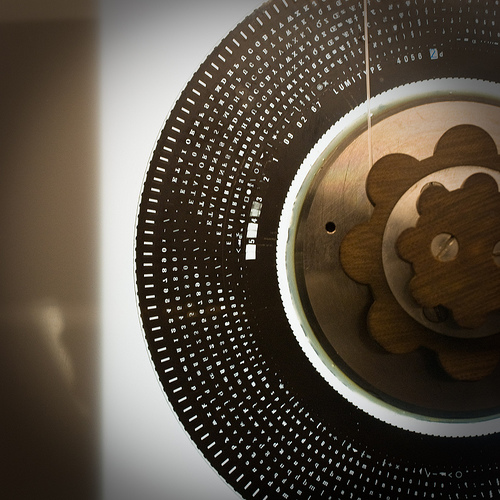Rogers’ book terminates with a tremendous 3-page colophon, which wonders aloud if it is not perhaps “the longest colophon on record.” I take this personally, as a challenge for some day in the future, a challenge to create a colophon that transcends all colophons, a colophon that not only mentions the fonts of choice, but describes the sensuous lilt of certain descenders, offering prayers for good linespacing and a hymn to the golden ratio—a colophon that compares the kerned nestling of the “a” against the “W” in “Water” to the cuddling Madonna and child, and describes not only the paper that holds the ink but explains how the exact proportions of the lowercase “q” were debated so avidly that there was a stabbing in the foundry.
It is time for a colophon that explains how thousands of arbitrary hieroglyphs, the product of cognitive processes and some writer’s yearnings, when arranged on the page, form a community of relationships, a living colony redolent in turn of monk’s robes, boiling lead, and the chemical funk of the Linotronic spitting out its tongue of film. Time for a colophon that explains how a page of a book is a tangent off the great expanding unified sphere of language, with monkey grunts at its core and Web sites in its mantle. A colophon that explains how the linear strings of characters which make up prose or poetry can be broken into lines and arranged into sensuous comforts that salve the most polar loneliness. A colophon so overwritten as to make David Foster Wallace look like Raymond Carver, and by its very overwrittenness, absolutely transcendent, as dense as osmium and so obsidian-opaque in its beauty as to deny any reader whose soul is not purified a glance into its mysteries—a colophon which cannot be seen by the uninitiated, but is instead delivered to the pure of page by angels with san-serif wings at the moment of death, providing them with the sacred knowledge necessary to ascend to typographic heaven, where the true letterforms of which our own are only shadows are made manifest and the books are written using the infinite alphabet of the language of God.


